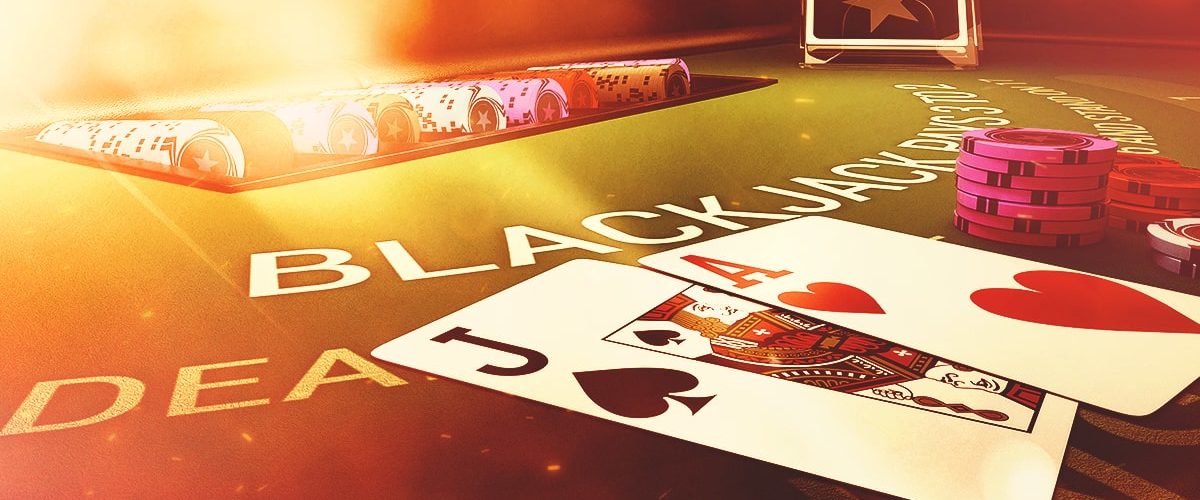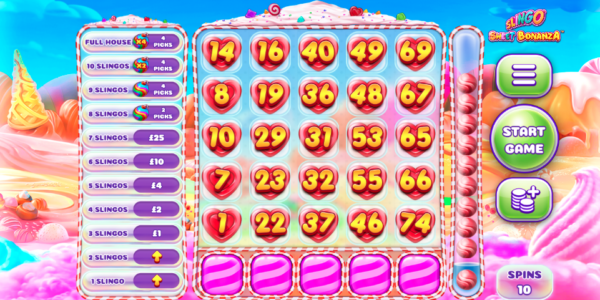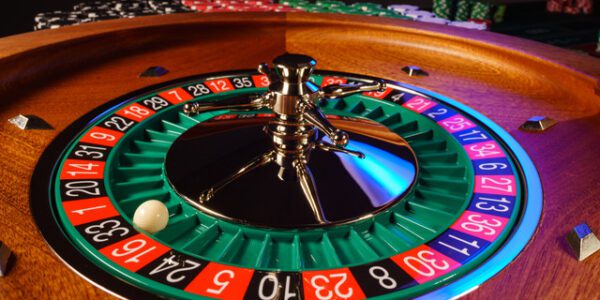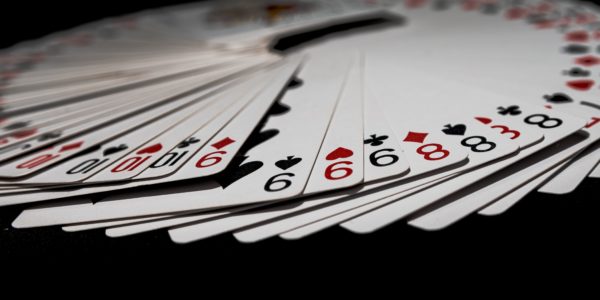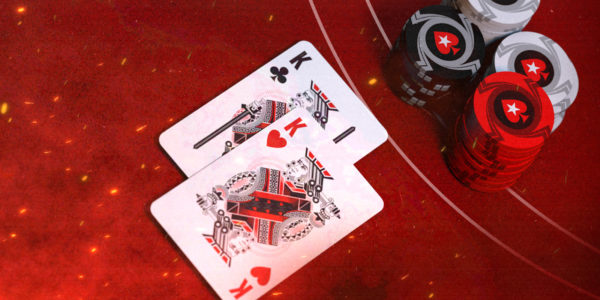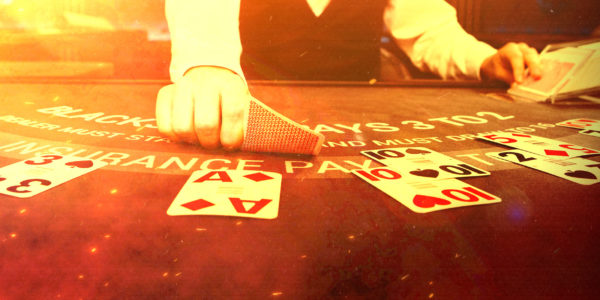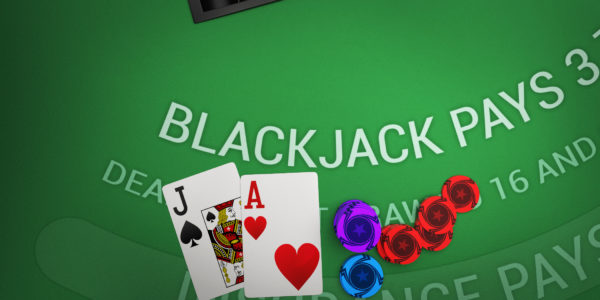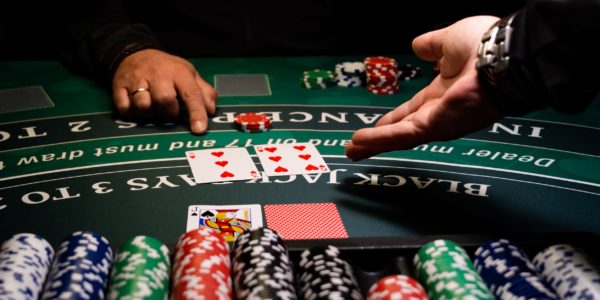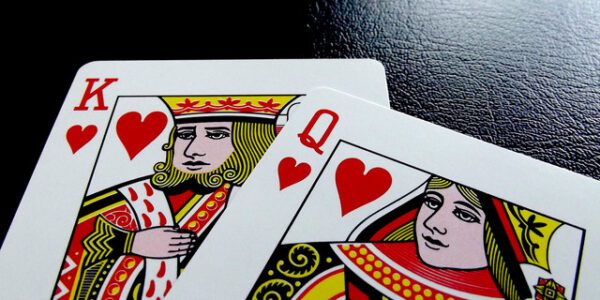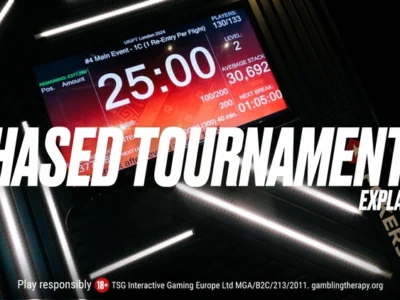Understanding Hole Card vs. No Hole Card Blackjack
When people think of the different games available to play at an online casino, Blackjack is among one of the very first titles that comes to mind, often appearing alongside Roulette, Baccarat, and Craps and other table game offerings. A quintessential casino game for many, Blackjack has taken on many different forms since it first originated in French gaming establishments in the 1700s.
Nowadays, there are more than a handful of Blackjack variants that deviate from the original version in some way. Some of the most popular include Spanish 21, Perfect Pairs Blackjack, Face Up 21, and European Blackjack.
The latter of these relies on one change in particular, which is essential to the game of 21: the presence of the hole card. Here we touch on the definition of this Blackjack-specific term and how exactly No Hole Card Blackjack, also known as European Blackjack, differs from the standard version.
What is the Hole Card?
Understanding the hole card is quite straightforward, even for beginners of Blackjack. In the regular version of the game, the dealer is dealt two cards, one face-down and one face-up. The hole card is the card that is dealt face-down. After these cards are dealt, the croupier is at liberty to check the hole card for Blackjack without anyone else from the table catching a peek. If Blackjack has been dealt, the round automatically ends.
No Hole Card Blackjack
As its name suggests, No Hole Card Blackjack does not see the dealer dealt a hole card in the beginning of gameplay. It is only once the player’s hand is complete that the dealer is allowed to receive the second card. Because of this, the dealer is unable to check for Blackjack early on and stop future plays. Another aspect of gameplay worth pointing out here is that in standard Blackjack, between six to eight decks are present in the shoe, whereas No Hole Card Blackjack only uses two.

Why Strategy Matters in Blackjack
Players may be thinking that strategy doesn’t really make a difference when it comes to casino games because, at the end of the day, it all comes down to a matter of chance. This is not wrong. You cannot guarantee a win or a loss in any casino game, but in blackjack, this is a little different.
Strategy in Blackjack is important because, unlike slots or roulette, players must make decisions based on their hand and the card that is visible in the dealer’s hand. Depending on what choices they make, there is potential to decrease the house edge and increase the potential for profit. Again, it will all come down to chance, but at least players would have made informed choices instead of blindly playing.
Here are a few other reasons why having a strategy for blackjack is helpful:
It may reduce the house edge: as mentioned above, it can help a player gain a better edge over the casino, which generally always has more of an advantage, no matter the game. Casinos, after all, have to make a profit as they are a business at the end of the day.
Optimises decisions around play: a good betting strategy and looking at their hand and the dealer’s up card can help a player decide when to stand, hit, split, double down, or surrender in blackjack.
Increases profit potential: using a betting strategy means players can capitalise on hot streaks and pull back during cold ones.
Advances technique: as players get more confident in the simpler strategies, they can try their hand at more complex ones to see what suits them best. This will still help them make informed decisions.
Key Tips For Playing Blackjack
Of course, it will be a challenge to use betting strategies when you don’t know much about blackjack. As you do your own research, we have compiled a list of some essential tips that should help deepen your understanding of the game.
Basic is Best
Sometimes, the best strategy is the simplest one. If a player is just starting with blackjack, we recommend making decisions based on your hand and the card that is visible on the dealer’s side. Once you are comfortable with this, you can start experimenting.
1. Stand when it is between 12-16 and 2-6
It is recommended that a player stand when their card total value is between 12 and 16 (this does not include pairs) or when a dealer has an up card with a value anywhere between 2 and 6. The goal here is to try and capitalise on the dealer’s likelihood of busting as they have an upcard that is not strong.
2. Hit when it is between 7-Ace and 12-16
Conversely, when a dealer has a strong card (anything from a 7 to an Ace) and the player’s card’s total value is between 12 and 16, then it is recommended to hit. This strategy takes into account that the dealer has a strong hand but also increases a player’s chance of having a better hand as well.
3. Aces and 8s should be split
Should a player get two Aces, they should split them into two separate hands so that both hands have a starting value of 11. This improves the chances of at least one of them ending up being a stronger hand than the dealer’s. Splitting 8s means a player isn’t starting with a weak hand of 16, which is notoriously challenging to win with.
4. Double down
If a dealer’s upcard is anywhere between 2 and 10, and a player’s first two cards equal 11, they are advised to double down. When the first bet is doubled, an additional card is received. This could turn what is already a strong hand into an even better one. The strategy here works with the odds of getting a card with a ten-value.
5. Aces-6
A player is advised to hit or double down when they receive an Ace and any card ranging from 2 to 6. This method takes into account the fact that the Ace can be both 1 or 11, improving the odds but depending on the next card received.
Strategic Differences in Gameplay
Although the simple absence of a hole card may not seem like a big feature in Blackjack, it actually does change a player’s strategic approach, especially when it comes to doubling down and splitting pairs.
Generally speaking, standard Blackjack is more flexible in both respects, with players allowed to double down on any total hand value as well as after splitting. In the No Hole Card game, players can only split a hand once and only with 10s or face cards. Additionally, because there is only one card dealt in No Hole Card Blackjack, players need to think critically about their double down or split decisions, particularly if the dealer’s card is an ace or a 10.
Although these are some adjustments that should be considered because of the hole card rule, players can still follow basic Blackjack strategy that revolves around standard hit/stand decisions. But where Blackjack and other table games are concerned, it is always worth a player being abreast of as many possible rule vagaries as possible.

